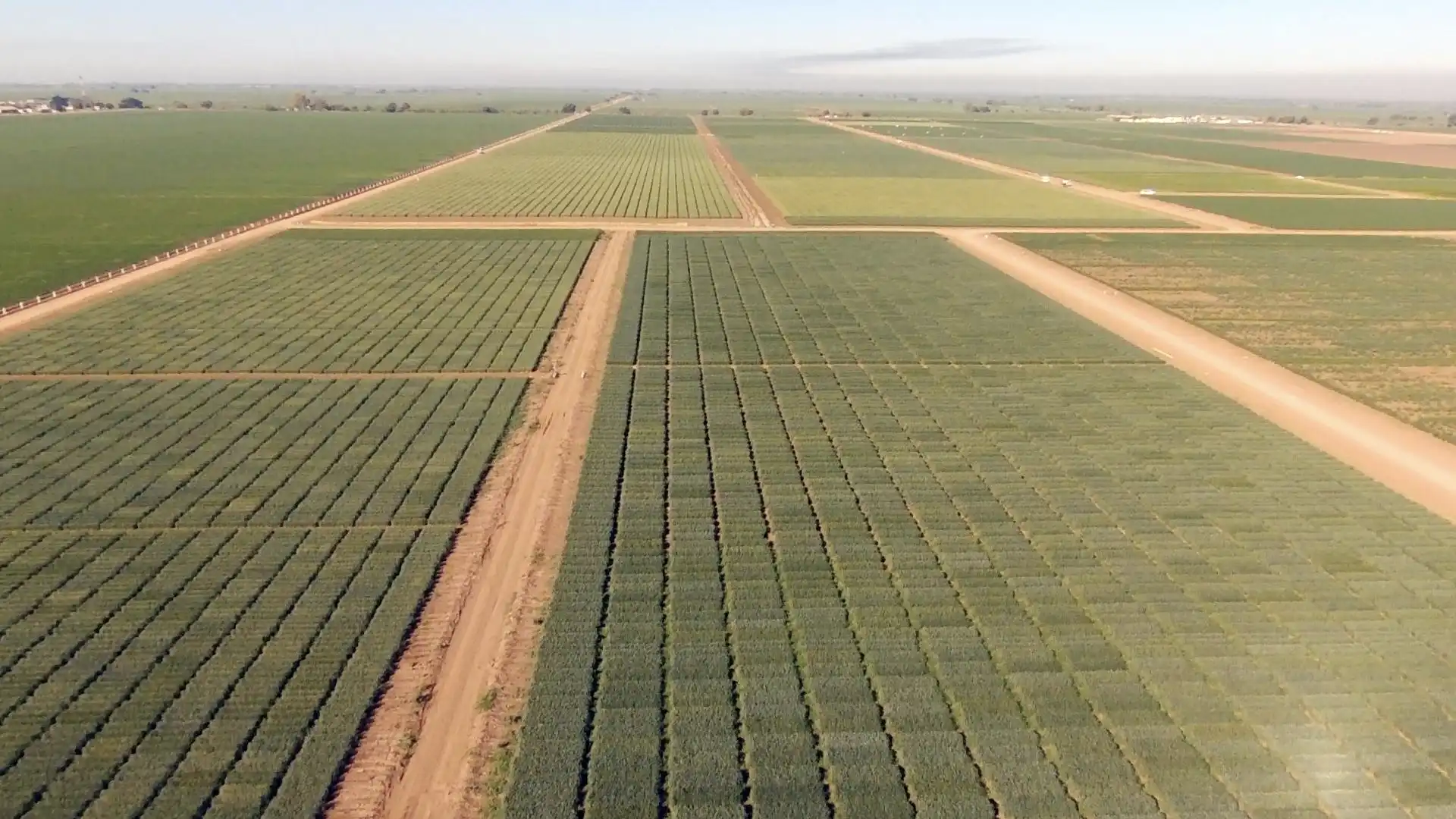Wheat containing exotic DNA from wild relatives benefits from up to 50 per cent higher yields in hot weather compared with crops lacking these genes.
Following a year when temperature records have been smashed, research from the Earlham Institute in Norwich, in collaboration with the International Maize and Wheat Improvement Centre (CIMMYT), offers much-needed hope for improving crop resilience and food security in the face of climate change.
The field trials in Mexico also emphasise the importance of genetic diversity in key crops, where decades of selective breeding have reduced their ability to adapt to a rapidly warming planet.
There is growing uncertainty around the ability of major food crops to continue to meet global demand as temperatures rise and weather events become more extreme.
Wheat provides more global calories than any other crop yet most of the wheat grown around the world has limited genetic variation, making it vulnerable to the impacts of climate change.
“Wheat is responsible for around 20 per cent of the calories consumed globally and is widely grown all over the world,” says Professor Anthony Hall, study author and Group Leader at the Earlham Institute. “But we don’t know whether the crops we’re planting today will be able to cope with tomorrow’s weather.
“To make matters worse, developing new varieties can take a decade or more so acting quickly is vital.”
In collaboration with CIMMYT, Earlham Institute researchers set up a two-year field trial in Mexico’s Sonora desert. They studied 149 wheat lines, ranging from widely-used elite lines to those selectively bred to include DNA from wild relatives and landraces from Mexico and India.
“Crossing elite lines with exotic material has its challenges,” said Matthew Reynolds, co-author of the study and leader of Wheat Physiology at CIMMYT.
“There’s a well-recognised risk of bringing in more undesirable than desirable traits, so this result represents a significant breakthrough in overcoming that barrier and the continued utilisation of genetic resources to boost climate resilience.”
Prof Anthony Hall, Head of Plant Genomics, Earlham Institute
The seeds were sown later in the season to force the plants to grow during hotter months, putting these crops under the kind of heat stress that is predicted to become the norm as global temperatures rise.
They found the plants bred with exotic DNA achieved a 50 per cent higher yield over wheat without this DNA. Importantly, the exotic lines didn’t perform any worse than the elite lines under normal conditions.
The researchers sequenced the plants to locate specific genetic differences responsible for the increased heat tolerance. They identified genetic markers that could allow the targeted introduction of this beneficial exotic DNA into elite lines, offering a quick way to improve climate resilience and mitigate against widespread crop failures.
Benedict Coombes, study author and PhD student at the Earlham Institute, said: “As we try to produce more food from less land to feed a growing global population, we urgently need to future-proof the crops we’re planting so they can thrive in an increasingly hostile climate.
“The key to this, we are increasingly finding, may lie within largely untapped genetic resources from wheat’s wild relatives and landraces.”
The researchers suggest breeding programmes incorporate the heat tolerance traits as a pre-emptive strategy to produce wheat crops that can cope with a less predictable climate.
“This is science we can now use to make an impact almost immediately,” added Professor Hall. “We’ve done the field trials, we know what genetic markers we’re looking for, and we’re starting conversations with wheat breeders so this is hopefully going to be the first of many steps to contribute to global food security in the coming years.
“The discoveries we’re making, and the action we’re taking, will hopefully mean people around the world can continue to have nutritious food on their plates.”
Read the paper: Communications Biology
Article source: Earlham Institute
Image credit: Drone shot at the CIMMYT wheat fields, near Sonora, Mexico. Credit: CIMMYT






